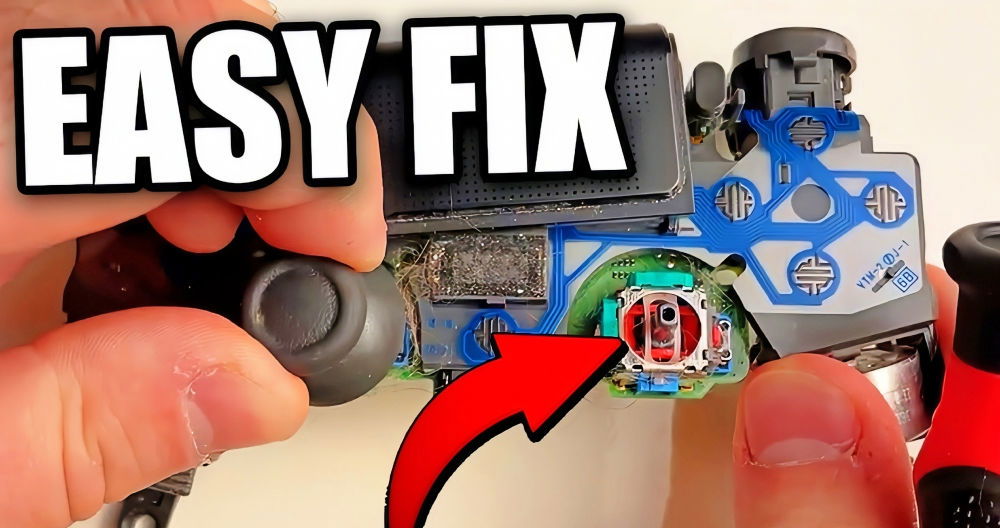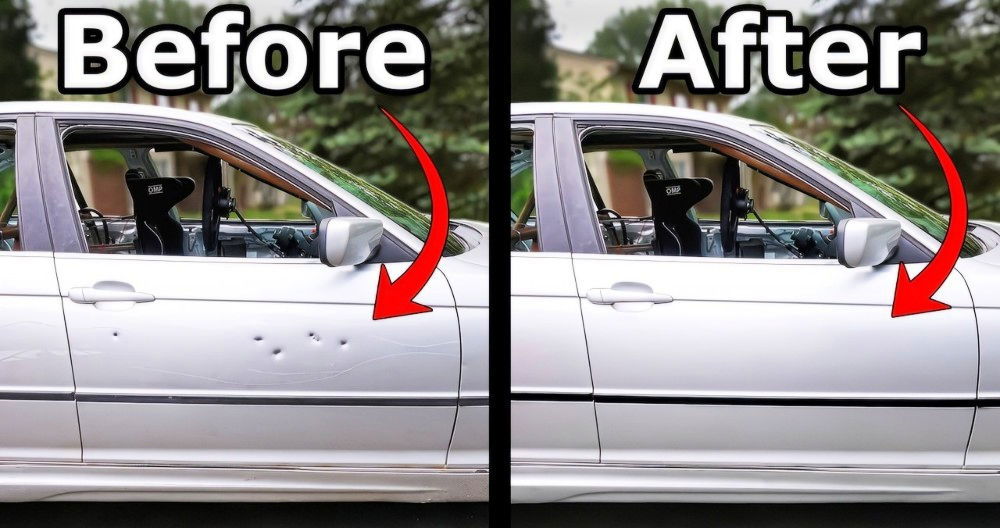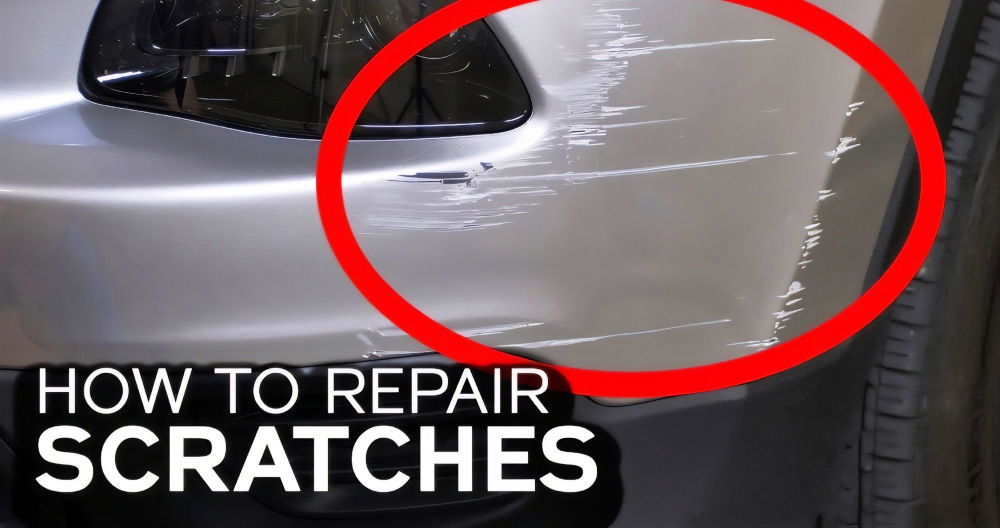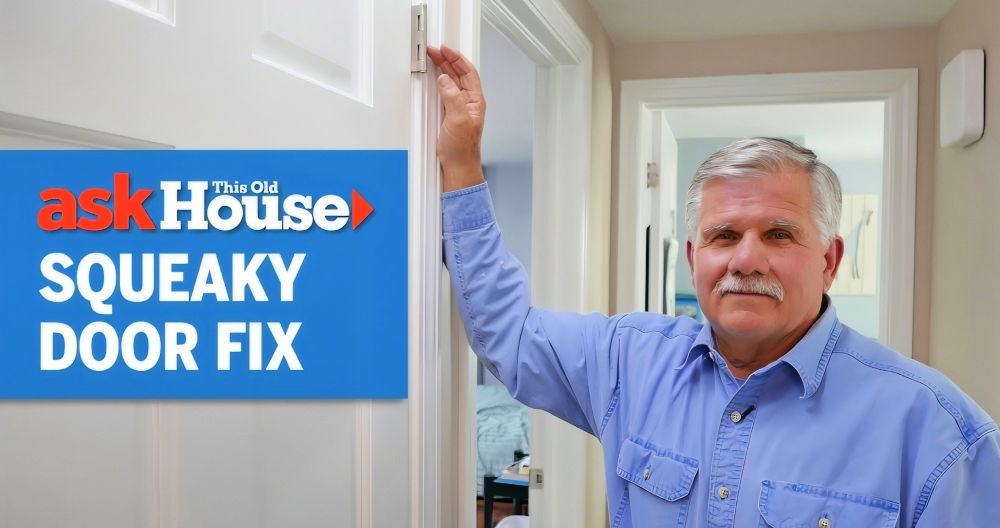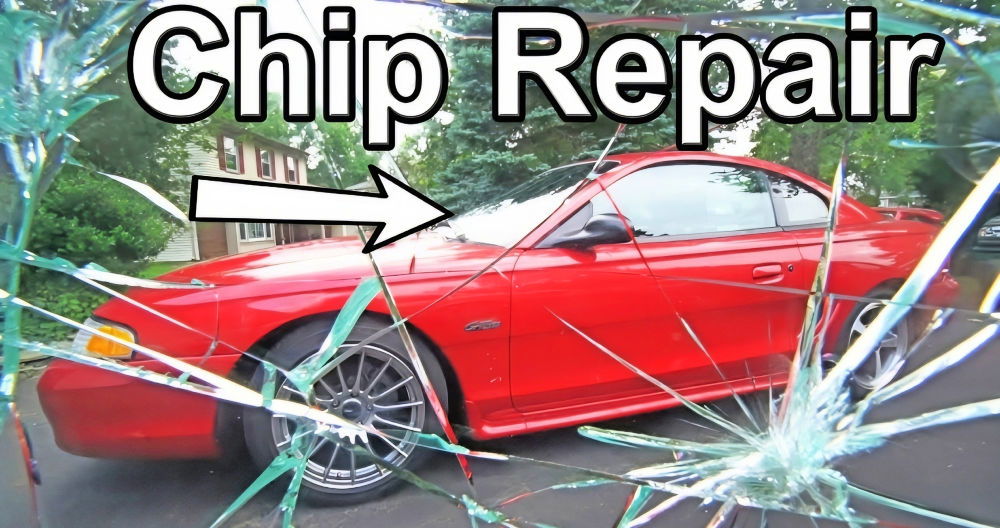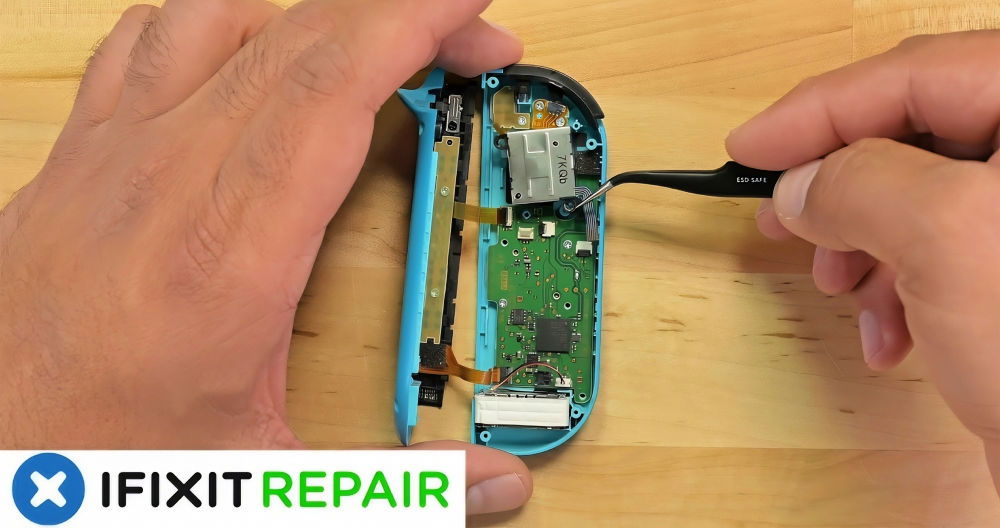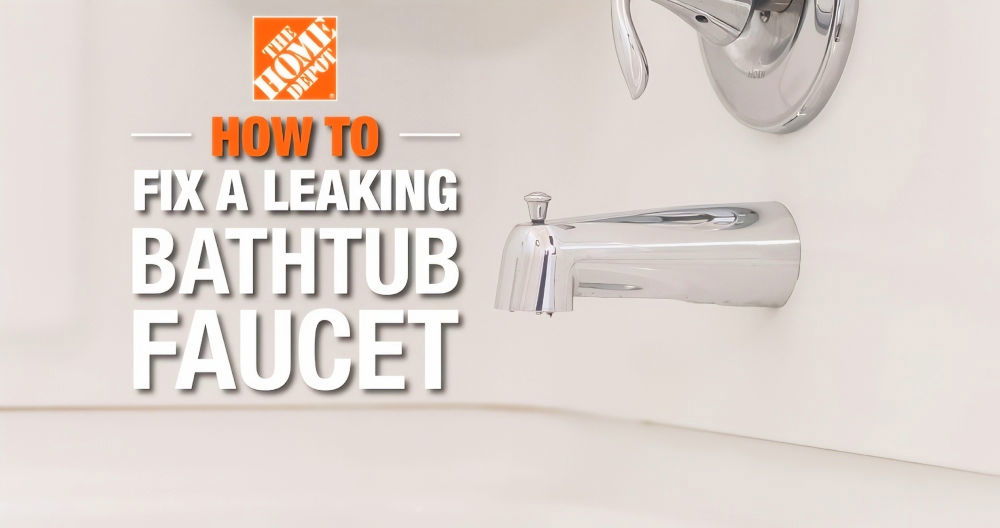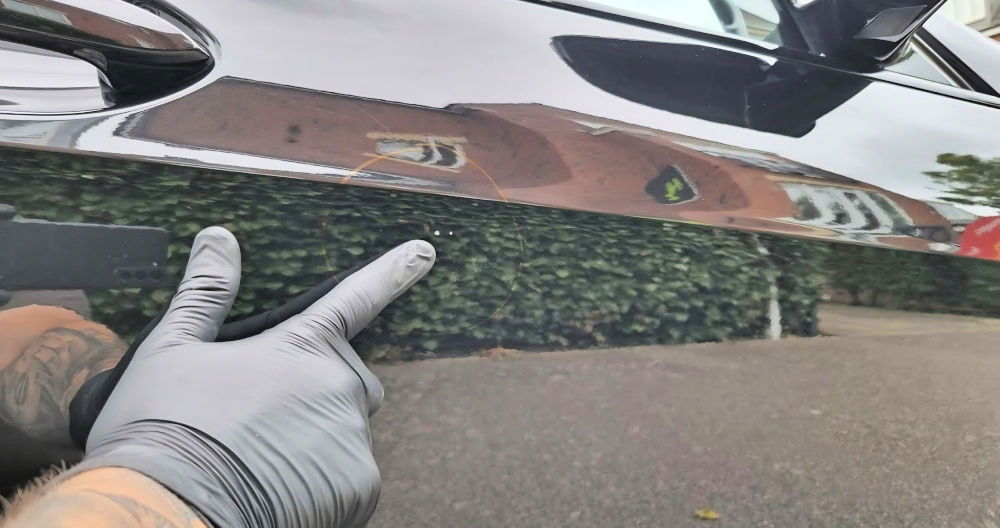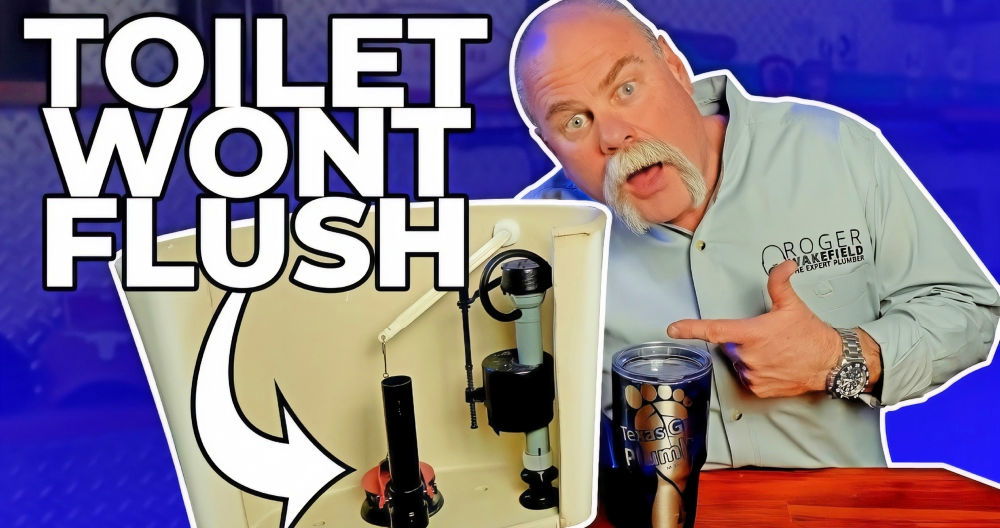Learn how to fix a refrigerator with these simple troubleshooting tips to solve common issues like cooling problems, leaks, and strange noises. From understanding the basics of how a refrigerator works to specific DIY methods, you'll learn practical tips to troubleshoot and repair your fridge at home.
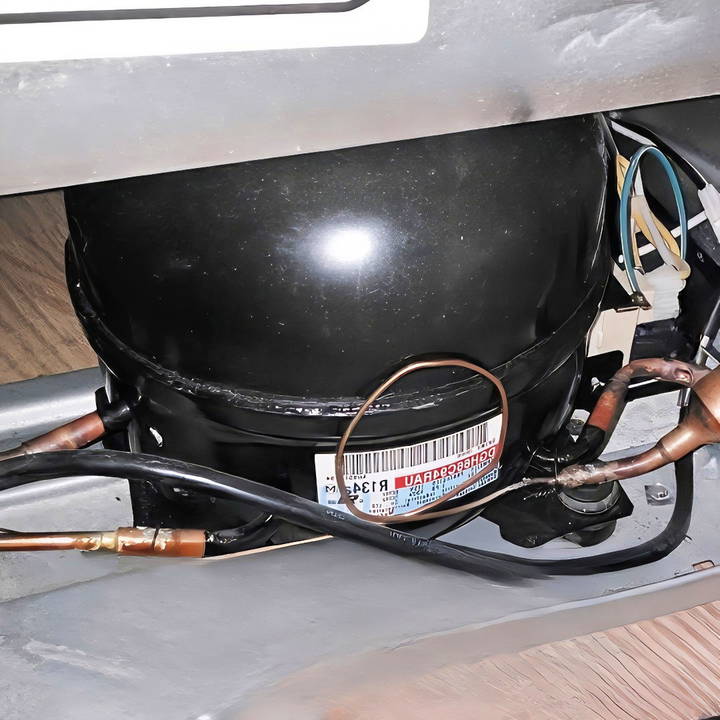
Understanding How a Refrigerator Works
Before diving into repair steps, it's helpful to understand the basic workings of a refrigerator. The core components that regulate cooling include:
- Compressor: This is the heart of the refrigeration system, pumping refrigerant through the system.
- Condenser: Located at the back or bottom of the fridge, this coil system releases heat from the refrigerant.
- Evaporator: This component absorbs heat inside the fridge, allowing the cooling effect to occur.
- Thermostat: Controls the internal temperature, making sure the fridge maintains a constant temperature.
These components work together in a cycle, and any disruption to this cycle can cause your refrigerator to stop cooling efficiently. Now, let's jump into some common causes and fixes for a fridge that's not cooling.
Step by Step Instructions
Learn how to fix a refrigerator at home with easy step-by-step guides on cleaning coils, testing compressors, defrosting evaporators, and more troubleshooting tips.
Ensure Proper Ventilation Around the Refrigerator
One of the simplest but often overlooked issues is poor ventilation around the refrigerator. For the appliance to work efficiently, it needs to be placed in a well-ventilated area.
- Distance from the Wall: There should be at least 9 inches to 1 foot of space between the fridge and the wall. This allows proper airflow around the condenser coils, preventing overheating.
- Air Circulation: If your refrigerator is cramped up against the wall or surrounded by clutter, it may not be able to expel the heat it generates. Ensure the area around the appliance is clear.
Cleaning the Condenser Coils
Dirty condenser coils are a common culprit when a refrigerator stops cooling. Dust and grime can accumulate on the coils, making it difficult for the heat to dissipate. This leads to overheating, which impairs the cooling function of the fridge.
Steps to Clean the Coils:
- Unplug the Refrigerator: Always start by unplugging your appliance for safety.
- Locate the Condenser Coils: These are usually at the back or beneath the refrigerator.
- Clean with a Brush or Vacuum: Use a soft brush or vacuum cleaner to gently remove any dust and dirt.
- Inspect for Damage: While cleaning, check for any signs of wear or damage to the coils.
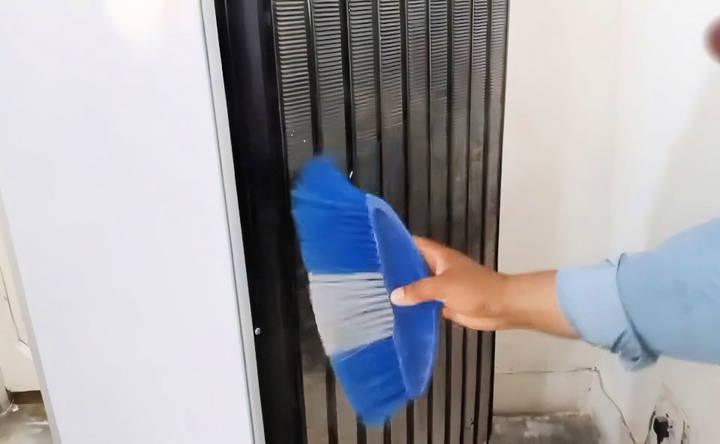
Once clean, your refrigerator should start cooling more efficiently.
Testing the Condenser Temperature
A key method to assess the functionality of your refrigerator is by checking the condenser temperature. If the condenser is functioning well, the temperature at different points on the condenser should vary as follows:
- The discharge side of the condenser (where the refrigerant exits) should be hot to the touch.
- The cooler side of the condenser (where the refrigerant enters) should be cooler.
If the temperatures on both sides are the same or there's no discernible heat, it's a sign that the condenser may not be working properly. You can use your hand to feel the condenser's temperature—be cautious not to burn yourself if it's too hot.
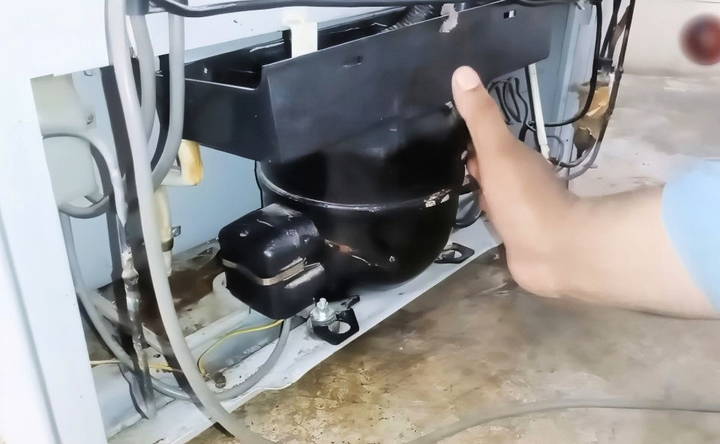
Checking the Compressor's Health
The compressor is responsible for pressurizing and circulating the refrigerant. If the compressor fails, the refrigerator will not cool at all.
Steps to Test the Compressor:
- Touch Test: After unplugging the fridge, gently touch the compressor. If it is too hot to touch for more than a few seconds, it might be overheating, signaling a problem.
- Thermometer Test: Attach a thermometer sensor to the compressor. A normal working compressor should show a temperature around 57-70°C (135-158°F).
- Burnout Risk: If the compressor is much colder than this, or too hot to touch, there's a high chance it may burn out soon.
A malfunctioning compressor can be costly to repair, and if it's the issue, it might be worth consulting a professional.
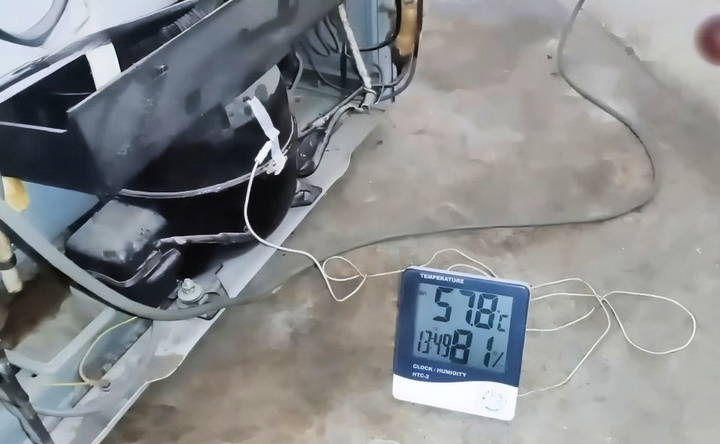
DIY Fix – Installing a Cooling Fan on the Condenser
If cleaning the condenser doesn't solve the cooling issue, you can try adding a cooling fan to improve airflow around the condenser. This can help the fridge maintain a more stable temperature and improve cooling efficiency.
Steps to Install a Fan:
- Select the Right Fan: Use a fan that runs on the same voltage as your refrigerator (usually 220V AC). Avoid using a low-powered fan like a computer fan, as it won't provide enough airflow.
- Positioning: Place the fan in front of the condenser coils. This helps cool down the refrigerant as it passes through the system.
- Testing the Temperature: After installing the fan, measure the condenser temperature to see if there's any improvement. A difference in temperature means the fan is helping.
A properly installed fan will boost your refrigerator's performance and may prolong its life by preventing the compressor from overheating.
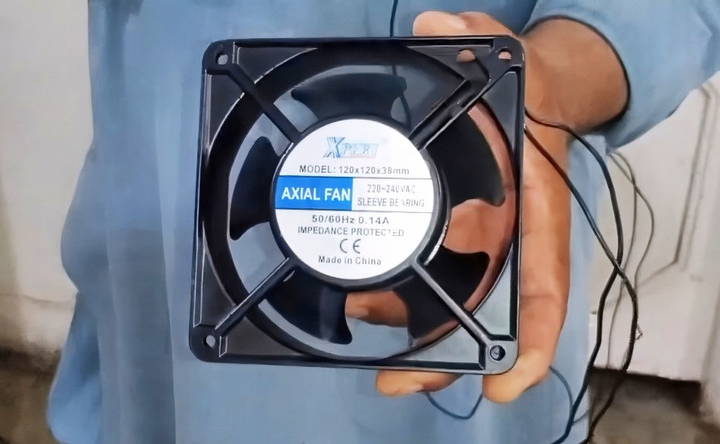
Troubleshooting the Evaporator and Frost Buildup
Another reason for poor cooling is an evaporator issue, often caused by frost buildup. If the evaporator is covered in ice, it won't be able to absorb heat properly, leading to temperature issues.
Steps to Defrost the Evaporator:
- Unplug the Refrigerator: Allow the ice to melt naturally, or use a hair dryer to speed up the process.
- Check the Defrost System: A malfunction in the defrost heater, thermostat, or timer could be causing the ice buildup.
- Clean the Evaporator: Once defrosted, ensure the evaporator is clean and free of obstructions.
After defrosting, your fridge should start cooling again. However, if ice builds up repeatedly, it could point to a deeper issue with the defrost system, which may require further diagnosis or professional help.
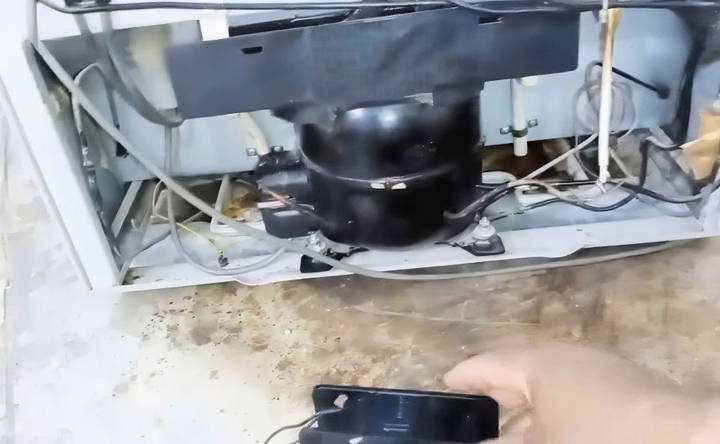
Checking the Thermostat
The thermostat regulates the internal temperature of the refrigerator. If it's faulty, the fridge may not cool as expected.
How to Test the Thermostat:
- Turn the Thermostat to the Coldest Setting: If there's no change in temperature, it could be defective.
- Use a Multimeter: Disconnect the thermostat and use a multimeter to check for continuity. If there's no continuity, the thermostat needs to be replaced.
Sealing Gasket Issues
A refrigerator door gasket that is loose, torn, or warped can cause cool air to escape, making the fridge work harder to maintain its temperature.
Steps to Fix a Gasket:
- Inspect the Gasket: Look for any visible damage or gaps between the gasket and the door.
- Clean the Gasket: Sometimes, dirt can prevent the gasket from sealing properly. Use warm, soapy water to clean it.
- Replace if Necessary: If cleaning doesn't resolve the issue, replace the gasket. Most are easy to install and can be purchased from your local hardware store.
When to Call a Professional
While many refrigerator problems can be solved with simple DIY methods, there are times when professional help is needed. If you've gone through all the troubleshooting steps and the fridge is still not cooling, it might be time to contact a repair technician.
Signs You Need a Professional:
- The compressor is damaged or not functioning.
- There's a refrigerant leak, which requires specialized equipment to fix.
- Electrical problems, such as a faulty circuit board or wiring issues.
Conclusion
Repairing a non-cooling refrigerator doesn't have to be an overwhelming task. By following the steps outlined in this guide, you can often diagnose and fix the issue on your own. However, knowing when to seek professional help is crucial to avoid causing further damage. By maintaining your fridge, ensuring proper ventilation, cleaning the condenser coils, and keeping an eye on key components like the compressor and evaporator, you can extend the lifespan of your appliance and keep it running efficiently.
With a little patience and the right tools, DIY refrigerator repair can save you time and money while giving you the satisfaction of fixing your own appliance.
FAQs About Refrigerator Cooling Issues and Solutions
Discover answers to common refrigerator cooling issues and solutions with this comprehensive FAQ guide to keep your fridge running efficiently.
This issue may indicate a problem with the evaporator fan. The fan circulates cold air throughout the refrigerator, and if it's not working, the air may not reach the top section. Check if the fan is running and replace it if necessary.
If your fridge works briefly after replacing these parts but stops again, it could indicate a compressor issue or refrigerant leak. You may need to check if the compressor is overheating or if the refrigerant levels are low.
Frost buildup on the evaporator can block airflow, reducing cooling efficiency. If frost is excessive, it could be a sign of a faulty defrost system, including the defrost heater or thermostat. Defrost the fridge manually and monitor for recurring ice.
Yes, dust accumulation on the condenser coils can impair the heat exchange process, causing the refrigerator to work harder and possibly leading to compressor failure. It’s best to clean the coils regularly to ensure efficient cooling.
If the condenser stays cool, this could indicate a refrigerant leak or a malfunctioning compressor. A refrigerant leak prevents proper heat exchange, meaning the fridge won’t cool at all. Check for refrigerant levels and seek professional help if needed.
You can install an external fan near the condenser coils to improve airflow and help cool the refrigerant more efficiently. This simple modification can enhance cooling performance, especially if your fridge has difficulty dissipating heat.
A cooling choke is often caused by oil or debris obstructing the refrigerant lines, preventing proper circulation. This can affect cooling and requires professional servicing to clean or replace clogged components.
If the freezer is cooling but the fridge isn't, the issue could lie with the evaporator fan or damper control. These components regulate cold air flow from the freezer to the refrigerator. Check if the fan is operating and ensure the damper is not stuck.
Set your thermostat to the coldest setting. If no change occurs, the thermostat may be faulty. Test it using a multimeter for continuity. If it doesn't have continuity, replace the thermostat to restore proper cooling control.


